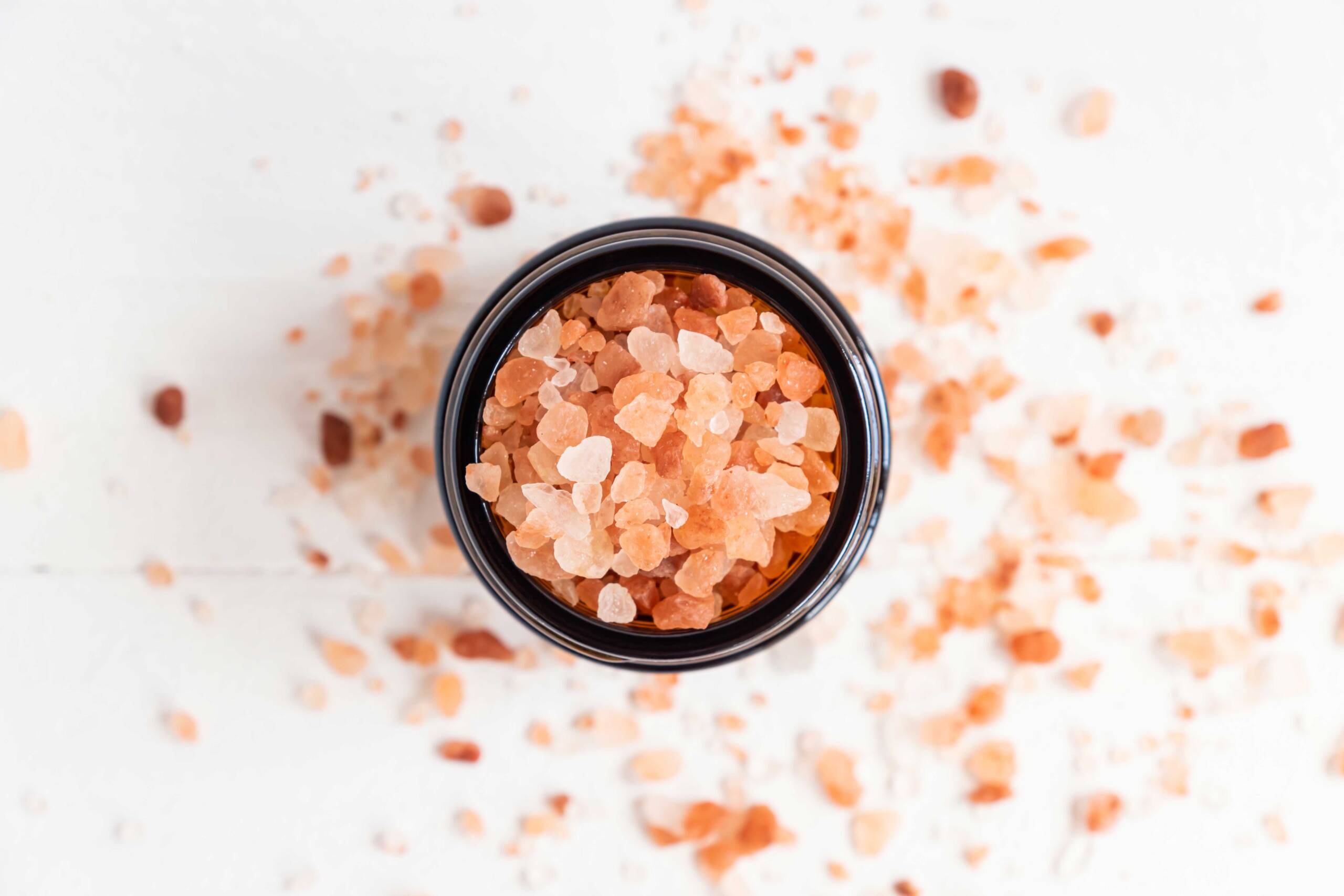Edible pink salt, often referred to as Himalayan pink salt, originates from ancient sea salt deposits found in the Punjab region of Pakistan, specifically near the Himalayas. This salt is harvested from the Khewra Salt Mine, which is one of the largest and oldest salt mines in the world, dating back to the time of Alexander the Great. The distinctive pink hue of the salt comes from trace minerals, including iron oxide, giving it a unique appearance and flavor profile. This mineral-rich salt has been used for centuries in various culinary traditions and continues to gain popularity for its purported health benefits.
Advantage
One of the primary advantages of Himalayan pink salt is its mineral content. Unlike regular table salt, which is primarily sodium chloride, pink salt contains a variety of essential minerals such as potassium, magnesium, and calcium. These minerals are believed to contribute to several health benefits, including improved hydration, balanced electrolytes, and enhanced overall well-being. The natural minerals also lend a subtle flavor that can enhance the taste of dishes, making it a preferred choice for gourmet cooking.
Moreover, the rising interest in natural and holistic health practices has led to increased awareness of Himalayan pink salt’s potential benefits. Some advocates claim that it can help regulate hydration, improve digestion, and even balance pH levels in the body. While more scientific research is needed to validate some of these claims, many people appreciate incorporating pink salt into their diets as part of a balanced approach to health. Its rich history, unique flavor, and versatile usage in the kitchen make edible pink salt a beloved ingredient for both home cooks and professional chefs alike.


